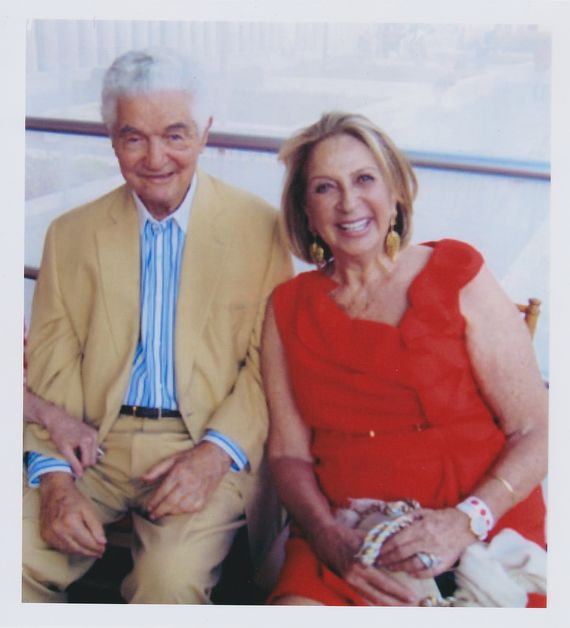Paul Soros
Founder of The Paul and Daisy Soros Fellowships for New Americans
Born in Hungary in 1926, Paul Soros studied mechanical engineering in Budapest. As an 18-year-old in Hungary in 1944, Paul assumed a false identity and survived the Holocaust era. When the Soviets invaded Budapest, he was arrested, became a Russian prisoner of war, and escaped while in transit to Russia.
In 1948, as a member of the Hungarian ski team at the Olympic games in Switzerland, he defected. He initially went to Austria and subsequently to the United States. His experiences under both Nazi and Communist regimes awakened in him a powerful and enduring commitment to the American constitution and Bill of Rights. He believed that active and informed citizenship is essential to the protection of our democracy. And he was convinced that immigrants and others who have recently achieved citizenship have a special responsibility to support and defend our constitutional system.
As an extremely promising young engineering student in New York City – he met his wife-to-be, Daisy, at International House – Paul struggled to afford graduate study. A Master’s degree from Polytechnic Institute in Brooklyn, however, launched his distinguished career as a creative, innovative, and highly accomplished civil engineer. His innovative ideas, and his determination to see them implemented, transformed port design worldwide.
In 1956, he founded Soros Associates, an international engineering firm whose projects included port development, offshore terminal, and bulk handling facilities in 90 countries. Mr. Soros holds several patents in material handling and offshore technology and is the author of more than a hundred technical articles. He served on the Review Panel of the President’s Office of Science and Technology and received the Gantt Medal of the American Society of Mechanical Engineers and the Outstanding Engineering Achievement Award of the National Society of Professional Engineers. He was active in Paul Soros Investments, a member of the Council on Foreign Relations, and a board member of several corporations and nonprofit organizations.
Paul served on the board of Trustees of NYU-Poly from 1977-2008. In 2012, he created the Soros Prize for Creative Engineering, which is distributed to three innovative mechanical or civil engineering students for an idea or invention.
Paul and Daisy’s lives as immigrants informed and shaped their decision to fund and personally support a national graduate fellowship program that helps launch careers of New Americans. The Paul & Daisy Soros Fellowships for New Americans program supports individuals whose creativity and drive suggest that they have special promise of making distinctive contributions to American life. The program recognizes that such individuals can be found at more and less distinguished institutions throughout the country. And it emphasizes and encourages active citizenship among its Fellows. Paul was especially proud of the contributions that Paul & Daisy Soros Fellows had already made to American life.
Paul passed away on Saturday June 15, 2013 at the age of 87. Paul Soros’s inspiring personal story, his commitment to American constitutional democracy, and his visionary philanthropy are fundamental to the Fellowship program. A New York Times obituary detailing his life story and many contributions is available online.

“It is not easy to cope with a situation where, for years, government policy, the papers, radio reclares you, as a person, because you belong to a certain group, undesirable, inferior and deservedly hateful. Futhermore, what is more devastating, the majority of the people of the country you are living in share those views.”
Paul Soros (1926-2013), American (Con)quest